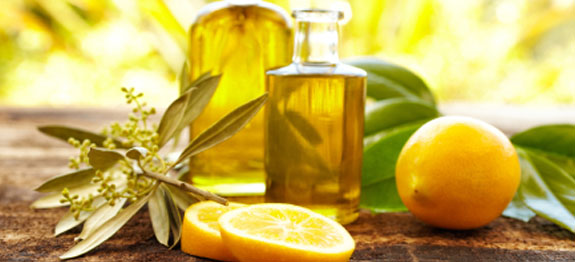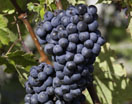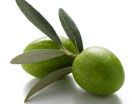Olive Oil
Nothing is more characteristic on Rhodes than the olive trees that grow in valleys and mountainous areas. The Greeks have been cultivating the olive tree and have been using olive oil since 3500 BC during the early Minoan period, as archaeological findings have proved.
At the Ancient Olympic Games, winners were presented with a simple olive tree branch which was cut with a gold-handled knife from a wild olive tree. The Greeks believed that the vitality of the sacred tree was transmitted to the recipient through the branch. Nowadays, Greece produces about 120.000 tons of table olives per year. The table olive oil is one of the country's most important agricultural exports.
The harvest begins in October for table olives and continues for about two months, depending on the type of olive and the place it is cultivated. Green olives-essentially less ripe than their darker counterparts-are harvested first; next come all the plump black olives that are among the country's best-known snacks: tight-skinned Kalamata olives with their pointy, nipple-like tip; juicy Amfissas in an array of browns, blacks and purples. Last to be plucked from the tree is the wrinkled black variety, which matures on the branch, can be harvested as late as March, and is cured in coarse salt not brine.
The olive oil is still being used for medical purposes and religious purposes and it has been proved to be an essential ingredient of a healthy diet. As a mono-saturated fatty acid, olive oil does not have the same cholesterol-raising effect of saturated fats. Olive oil is also a good source of antioxidants. Olive oil, unlike seed oils, remains stable in its chemical structure at relatively high temperatures because of its antioxidant and high oleic acid content.







